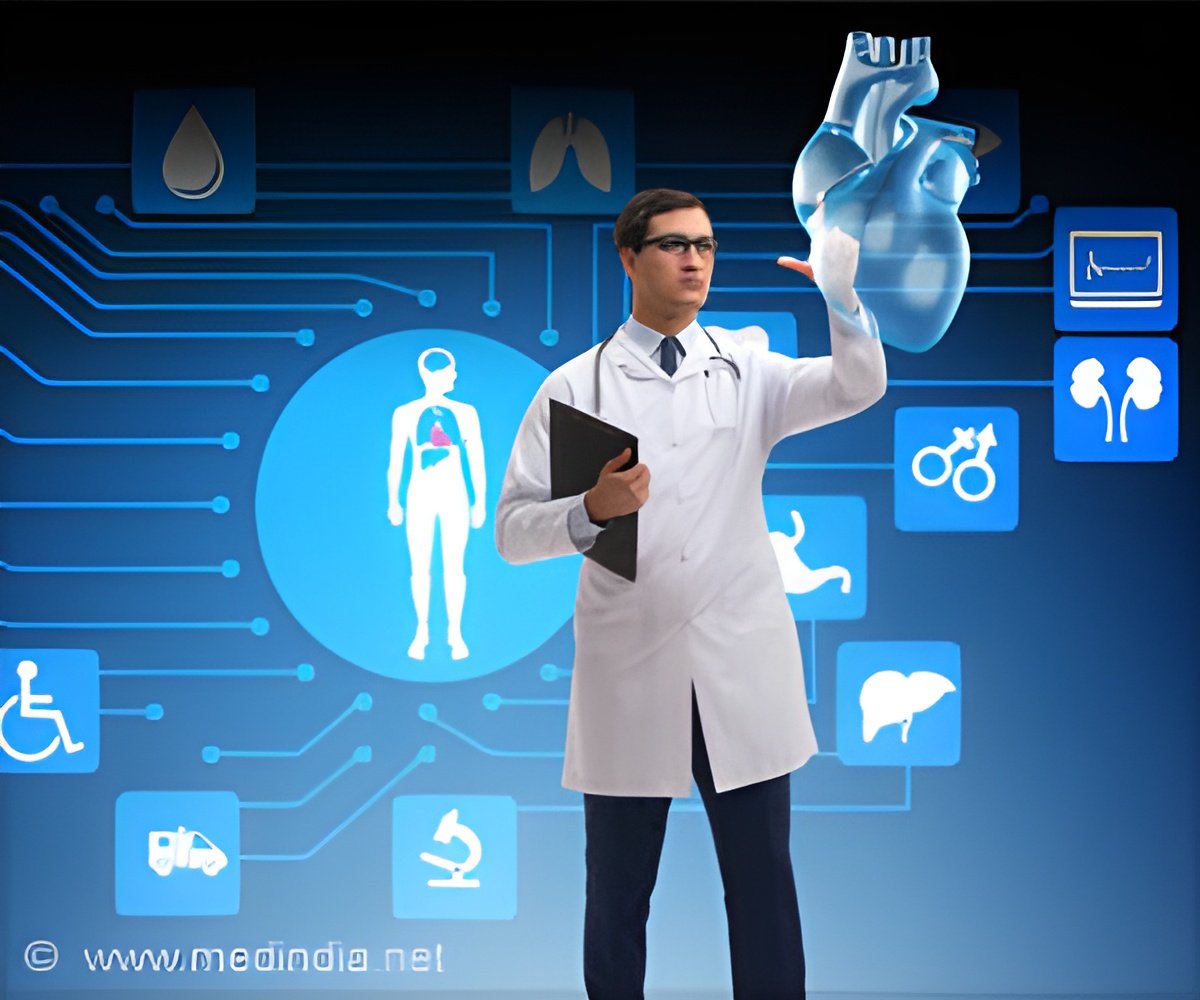
‘Heart defects are the most common kind of birth defect, and it's very important to diagnose them before birth.’
Tweet it Now
However, the combination of human-performed ultrasound and machine analysis allowed the researchers to detect 95% of CHD in their test dataset. The findings appear in the May issue of Nature Medicine.
Fetal ultrasound screening is universally recommended during the second trimester of pregnancy in the United States and by the World Health Organization. Diagnosis of fetal heart defects, in particular, can improve newborn outcomes and enable further research on in utero therapies, the researchers said.
"Second-trimester screening is a rite of passage in pregnancy to tell if the fetus is a boy or girl, but it is also used to screen for birth defects," said Arnaout, a UCSF assistant professor and lead author of the paper. Typically, the imaging includes five cardiac views that could allow clinicians to diagnosis up to 90 percent of congenital heart disease, but in practice, only about half of those are detected at non-expert centers.
"On the other hand, they are still rare enough that detecting them is difficult even for trained clinicians, unless they are highly sub-specialized. And all too often, in clinics and hospitals worldwide, sensitivity and specificity can be quite low."
Advertisement
"We hope this work will revolutionize screening for these birth defects," said Arnaout, a member of the UCSF Bakar Computational Health Sciences Institute, the UCSF Center for Intelligent Imaging, and a Chan Zuckerberg Biohub Intercampus Research Award Investigator. "Our goal is to help forge a path toward using machine learning to solve diagnostic challenges for the many diseases where ultrasound is used in screening and diagnosis."
Advertisement















